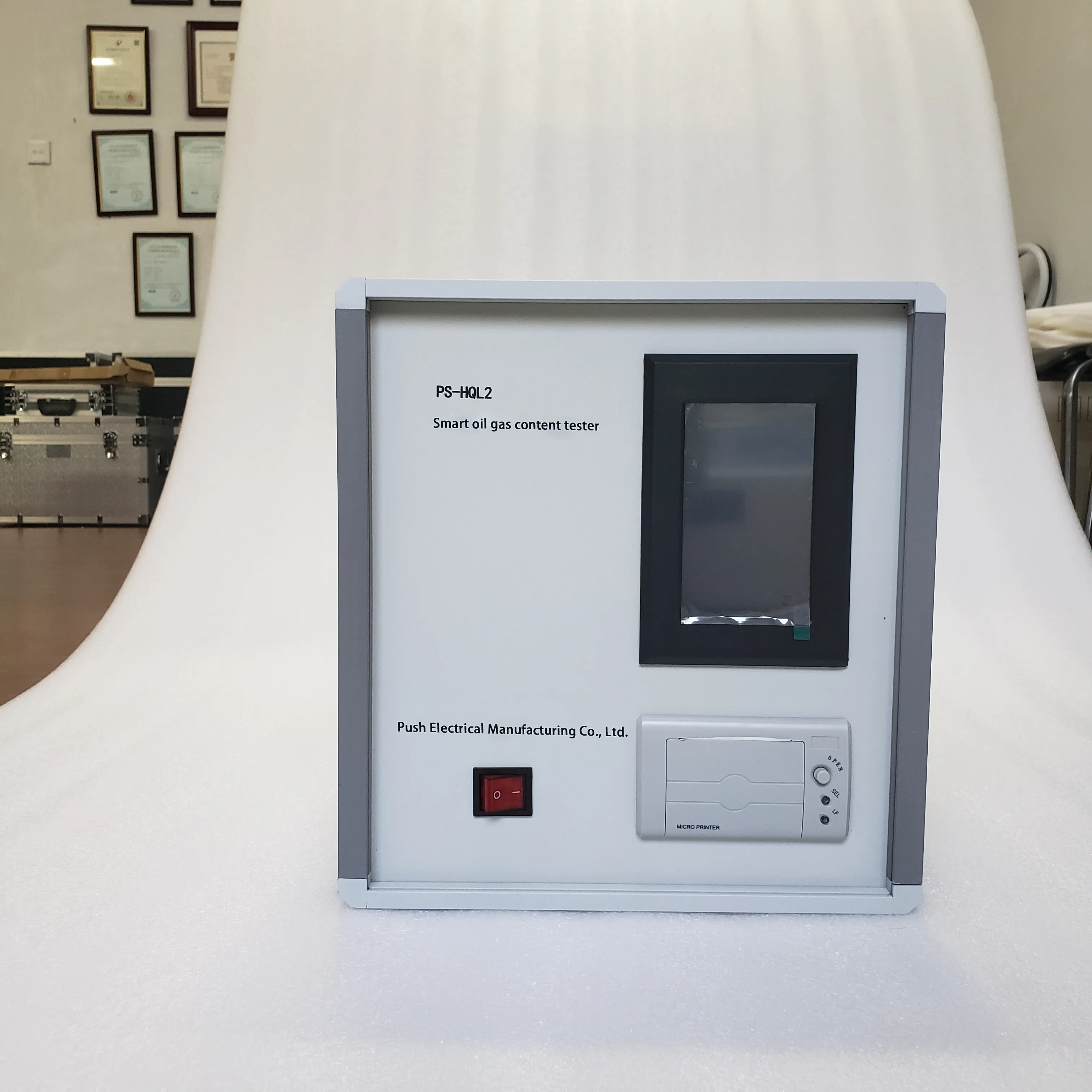 English
English



-
 Afrikaans
Afrikaans -
 Albanian
Albanian -
 Amharic
Amharic -
 Arabic
Arabic -
 Armenian
Armenian -
 Azerbaijani
Azerbaijani -
 Basque
Basque -
 Belarusian
Belarusian -
 Bengali
Bengali -
 Bosnian
Bosnian -
 Bulgarian
Bulgarian -
 Catalan
Catalan -
 Cebuano
Cebuano -
 China
China -
 China (Taiwan)
China (Taiwan) -
 Corsican
Corsican -
 Croatian
Croatian -
 Czech
Czech -
 Danish
Danish -
 Dutch
Dutch -
 English
English -
 Esperanto
Esperanto -
 Estonian
Estonian -
 Finnish
Finnish -
 French
French -
 Frisian
Frisian -
 Galician
Galician -
 Georgian
Georgian -
 German
German -
 Greek
Greek -
 Gujarati
Gujarati -
 Haitian Creole
Haitian Creole -
 hausa
hausa -
 hawaiian
hawaiian -
 Hebrew
Hebrew -
 Hindi
Hindi -
 Miao
Miao -
 Hungarian
Hungarian -
 Icelandic
Icelandic -
 igbo
igbo -
 Indonesian
Indonesian -
 irish
irish -
 Italian
Italian -
 Japanese
Japanese -
 Javanese
Javanese -
 Kannada
Kannada -
 kazakh
kazakh -
 Khmer
Khmer -
 Rwandese
Rwandese -
 Korean
Korean -
 Kurdish
Kurdish -
 Kyrgyz
Kyrgyz -
 Lao
Lao -
 Latin
Latin -
 Latvian
Latvian -
 Lithuanian
Lithuanian -
 Luxembourgish
Luxembourgish -
 Macedonian
Macedonian -
 Malgashi
Malgashi -
 Malay
Malay -
 Malayalam
Malayalam -
 Maltese
Maltese -
 Maori
Maori -
 Marathi
Marathi -
 Mongolian
Mongolian -
 Myanmar
Myanmar -
 Nepali
Nepali -
 Norwegian
Norwegian -
 Norwegian
Norwegian -
 Occitan
Occitan -
 Pashto
Pashto -
 Persian
Persian -
 Polish
Polish -
 Portuguese
Portuguese -
 Punjabi
Punjabi -
 Romanian
Romanian -
 Russian
Russian -
 Samoan
Samoan -
 Scottish Gaelic
Scottish Gaelic -
 Serbian
Serbian -
 Sesotho
Sesotho -
 Shona
Shona -
 Sindhi
Sindhi -
 Sinhala
Sinhala -
 Slovak
Slovak -
 Slovenian
Slovenian -
 Somali
Somali -
 Spanish
Spanish -
 Sundanese
Sundanese -
 Swahili
Swahili -
 Swedish
Swedish -
 Tagalog
Tagalog -
 Tajik
Tajik -
 Tamil
Tamil -
 Tatar
Tatar -
 Telugu
Telugu -
 Thai
Thai -
 Turkish
Turkish -
 Turkmen
Turkmen -
 Ukrainian
Ukrainian -
 Urdu
Urdu -
 Uighur
Uighur -
 Uzbek
Uzbek -
 Vietnamese
Vietnamese -
 Welsh
Welsh -
 Bantu
Bantu -
 Yiddish
Yiddish -
 Yoruba
Yoruba -
 Zulu
Zulu
Testing Transformer Performance with Lightning Impulse Method for Enhanced Reliability and Safety
Lightning Impulse Test of Transformers An Overview
Transformers are critical components in electrical power systems, responsible for voltage conversion, power distribution, and ensuring the reliability of electricity supply. Given their importance, it is essential to assess their ability to withstand various electrical stresses, including lightning surges. One of the primary methods employed to evaluate the resilience of transformers against such high-voltage transients is the lightning impulse test.
The lightning impulse test simulates the effects of lightning strikes on electrical equipment. This test is designed to replicate the rapid and what can be a very high voltage transient that a transformer might experience in actual field conditions. The need for this kind of testing arises from the unpredictable nature of lightning and its potential to cause catastrophic damage to electrical assets. Therefore, this procedure is vital to ensure that transformers can endure such extreme conditions without failing.
Test Procedure
The lightning impulse test generally follows specific protocols outlined by international standards such as IEC 60060. This standard provides guidance on how to perform impulse testing safely and effectively. The primary setup involves using a voltage generator that creates a standardized impulse shape—commonly referred to as the lightning wave. This wave typically has a rise time of 1.2 microseconds and a duration of 50 microseconds, which closely mimics the characteristics of actual lightning strike waves.
The test begins by connecting the transformer to the impulse generator via appropriate testing apparatus, ensuring that safety protocols are rigorously followed to protect personnel and equipment. The transformer is then subjected to a series of impulse waves, applied directly to the terminals. During the test, engineers monitor the transformer’s behavior, paying close attention to insulation performance and any signs of breakdown or failure.
lightning impulse test of transformer

Evaluation of Results
Once the test has been conducted, the results are analyzed meticulously. The primary goal is to verify that the transformer can withstand the applied voltage without exhibiting signs of insulation failure, such as partial discharge, flashover, or breakdown. Engineers also assess the transformer's ability to recover its functionality post-impulse, ensuring it resumes normal operations without sustaining any permanent damage.
The results of the lightning impulse test are crucial in determining the overall design and engineering of a transformer. They help manufacturers identify potential weaknesses in insulation systems and improve designs to enhance resilience against electrical surges. Following successful testing, transformers can be classified according to their withstand capabilities, providing valuable information for utilities and end-users concerning their reliability and lifespan.
Importance of the Lightning Impulse Test
The importance of the lightning impulse test extends beyond just the transformer itself. In a broader context, it helps protect entire electrical networks. By ensuring that transformers can handle high-voltage transients, utilities can maintain a stable supply of electricity, minimizing the risks of outages and equipment failures. This testing is especially relevant in areas prone to severe weather conditions where lightning strikes are frequent.
In conclusion, the lightning impulse test is a critical evaluation tool in ensuring the durability and reliability of transformers. By simulating the intense electrical surges caused by lightning strikes, this testing provides essential insights that help in the design and operational efficiency of transformers in power systems. With a better understanding of how transformers respond to lightning impulses, manufacturers and utility companies can enhance their systems' safety and reliability, contributing to a more resilient electrical infrastructure.
-
Transformer Test Essentials: Insulating Oil Tester and TypesNewsMay.30,2025
-
Grease Testers and Oil Determination OverviewNewsMay.30,2025
-
Exploring Electricity Usage Testers and GeneratorsNewsMay.30,2025
-
Essential Guide to Transformer Oil Testing ToolsNewsMay.30,2025
-
Ensuring Safety with a Circuit Breaker FinderNewsMay.30,2025
-
Electrical Safety Tools Hipot, Dielectric, VLF TestersNewsMay.30,2025



